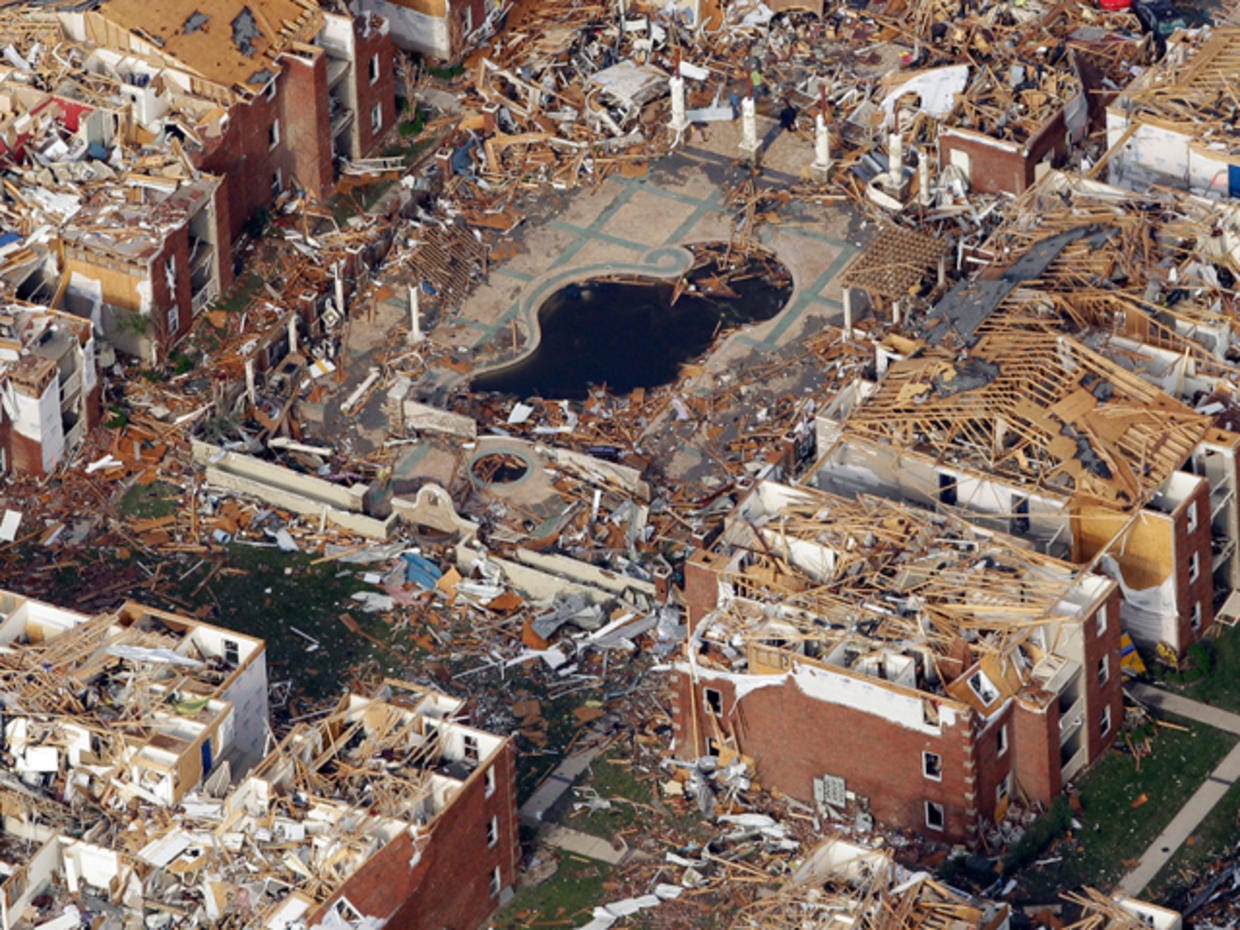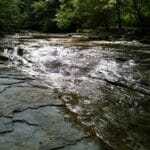Revisiting the Joplin Tornado: How a Community Rebuilt
In 2024, the city of Joplin, Missouri, was struck by a tornado, evoking memories of the devastating EF-5 tornado that tore through the city in 2011. This time, an EF-1 tornado touched down on May 7th, leaving a trail of damage in its wake. While significantly weaker than its 2011 counterpart, the 2024 tornado served as a stark reminder of the destructive power of nature and the importance of community resilience.
The 2024 tornado, though less powerful, still left its mark on Joplin. Uprooted trees, damaged homes, and thousands without power were visible reminders of the storm’s impact. Yet, the people of Joplin, drawing strength from their experience in 2011, faced the adversity head-on. Neighbors helped neighbors, exemplifying the strong community spirit that defines Joplin. The city government, too, took swift action, offering assistance with debris removal, insurance claims, and volunteer coordination.
This rapid response wasn’t a coincidence. The 2011 tornado, while tragic, had imparted invaluable lessons about preparedness and community support. Joplin had learned to unite in the face of adversity. This resilience was evident in the aftermath of the 2024 tornado, playing a crucial role in the city’s recovery.
The 2024 Joplin tornado underscores the unpredictable nature of tornadoes and emphasizes the importance of continuous improvement in disaster preparedness. Joplin’s experience serves as a testament to the power of community and the importance of learning from past events to build a more resilient future.
Joplin, MO Tornado in 2024: Facts & Impact
Did Joplin, MO have a tornado in 2024? Yes, Joplin was hit by a confirmed tornado on May 6th, 2024. The National Weather Service (NWS) in Springfield confirmed that an EF-0 to EF-1 tornado, with winds reaching up to 95 mph, impacted the southeast and east parts of the city. Thankfully, no fatalities were reported.
The tornado caused damage throughout the affected areas, downing trees, damaging homes, and leaving many residents without power. Pictures and reports from the city show the extent of the damage, with significant debris and the need for extensive cleanup efforts.
Despite the damage, the spirit of Joplin shone through. Residents, drawing on their experiences from the 2011 tornado, quickly rallied together to support one another. Neighbors assisted neighbors, and the city government acted swiftly to provide aid and commence cleanup operations. Impressively, power was restored to a majority of residents within a few days, a testament to the combined efforts of the city and its resilient people.
Was the Joplin Tornado Really an EF5?: Examining the Evidence
The 2011 Joplin tornado is etched in memory for its sheer destructive force. The question often arises: Was it really an EF5, the highest rating on the Enhanced Fujita Scale? While some debate the classification, most experts stand by the initial assessment.
The aftermath of the tornado was nothing short of catastrophic. Buildings weren’t merely damaged; they were obliterated, reduced to piles of rubble. Cars and trucks were tossed about like toys. The landscape was scarred, with trees stripped bare. The level of destruction pointed to extreme wind speeds, likely exceeding 200 mph.
The EF Scale isn’t arbitrary. It’s based on the damage inflicted, providing insights into a tornado’s power. An EF5 rating signifies winds strong enough to lift heavy objects, demolish well-built structures, and create extreme pressure changes.
Survivor accounts paint a chilling picture of the tornado’s power. The sound alone, described as a deafening roar, amplified by tenfold, speaks volumes about the wind speeds. This firsthand testimony provides further evidence to support the EF5 classification.
While some argue that Joplin’s building codes at the time might have contributed to the extent of the damage, it’s crucial to note that the EF Scale considers building practices in its assessment. Even with this consideration, the level of destruction in Joplin aligns with what experts expect from an EF5 tornado.
The Joplin tornado stands as a tragic reminder of nature’s fury and the importance of preparedness. The loss of life and the extensive damage are impossible to ignore. Yet, amidst the devastation, the people of Joplin demonstrated remarkable resilience, coming together to rebuild their lives and their community.
Joplin vs. Moore: Comparing Two Devastating Tornadoes
The tornadoes that struck Joplin, Missouri (2011), and Moore, Oklahoma (2013), both registered as EF5 on the Enhanced Fujita Scale, leaving behind a trail of destruction and heartbreak. Comparing these catastrophic events involves more than just wind speed; it requires a nuanced examination of their unique impacts.
Path and Impact Zones: The Joplin tornado carved a 6-mile path of destruction through the heart of the city. The Moore tornado, while narrower, traveled a staggering 17 miles, impacting a more densely populated area, thus amplifying its impact.
Loss of Life and Injuries: The Joplin tornado resulted in a tragic loss of 161 lives, making it one of the deadliest in US history. The Moore tornado claimed 24 lives, including 7 children at Plaza Towers Elementary. Both tornadoes caused hundreds of injuries, underscoring the human cost of these disasters.
Long-Term Impacts: Both Joplin and Moore faced years of rebuilding and recovery. The economic impact was immense, with billions of dollars in damage. The psychological toll on survivors and first responders is immeasurable.
Lessons Learned: Both tragedies spurred advancements in disaster preparedness and response. Improved warning systems, community shelters, and stricter building codes are just a few examples of the lessons learned.
Resilience and Rebuilding: In the face of unimaginable devastation, both Joplin and Moore demonstrated extraordinary resilience. Communities rallied together, providing support, resources, and a shared determination to rebuild.
Comparing these tornadoes isn’t about determining which was “worse.” It’s about understanding their unique characteristics, impacts, and the lessons learned. Both events serve as stark reminders of the destructive power of nature and the indomitable human spirit that fuels recovery and rebuilding.
Internal Links Intact:










2 thoughts on “Joplin Tornado 2024: Impacts, Recovery, and Community Resilience”
Comments are closed.